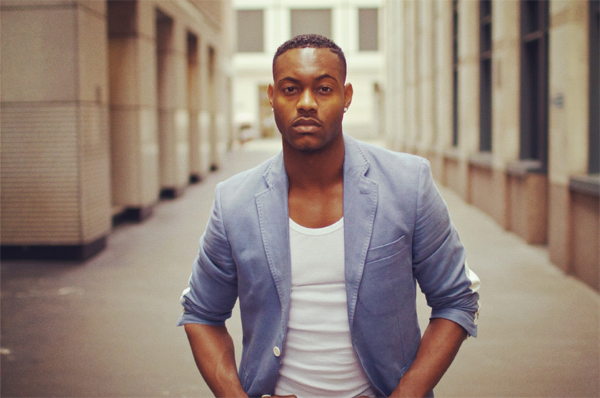 Leroy Dias Dos Santos is a passionate dancer, choreographer, model, singer and a social mentor who continues to strive for perfection. In 2007, he graduated from Middlesex University after studying Dance Studies.
Leroy Dias Dos Santos is a passionate dancer, choreographer, model, singer and a social mentor who continues to strive for perfection. In 2007, he graduated from Middlesex University after studying Dance Studies.
As a freelance dancer, choreographer and teacher Leroy is a proud member of the street dance group Flawless, who were finalists on ITV’s ‘Britain’s Got Talent’ (2009). Flawless have had great success in the entertainment industry featuring in movies like ‘Street Dance 3D’ 1 and 2 by Vertigo films (2009), appearing on Eastenders -E20 BBC 1 (2010), being invited by HM The Queen for the ‘Youths In The Arts’ event at Buckingham Palace (2011) performing at The Queen’s Diamond Jubilee with Kylie Minogue (2012) and also performing at the Paralympic Opening Ceremony (2012).
There have been many highlights in Leroy’s career through performing and touring but also meeting many prestigious people such as HM The Queen, Prince Charles and other members of The Royal family, and working with artists such as Madonna, Kylie Minogue, Leona Lewis, Sugababes and choreographers such as Jermaine Brown, Rafael Bonachela, Shobana Jesaysingh, Mavin Khoo and companies such as English National Ballet.
When did you begin dancing, where and why?
I started dancing from the age of 6 years old and as I grew older I started to train and practice Hip Hop with my cousins and friends in my free time. Dancing is a big part of my culture, in my family everyone would always dance and show off at birthday parties and weddings. I wanted to be the best dancer so I would always dance and practice my best moves.
I’d say Michael Jackson was one of my key inspirations throughout my childhood.
What were your early years of dancing like?
My early years of dancing were fun and exciting. In secondary school I would always compete in dance competitions with my friends and we would always win every year. I was taking street dance classes outside of school with my friends, which really helped me interact with other people and boost my confidence. Having friends who were into dance encouraged me to keep on dancing.
How long have you been performing? Did you start young?
I have been performing for about 14 years. I started performing at events, festivals, parties and bar mitzvah’s from the age of 15. I was committed to several community dance groups, which gave me opportunity platforms. Performing from a young age was a great experience, which helped enhance my skills and ability.
Where did you train and what was a typical day like?
After secondary school I took a BTEC National Diploma in Performing Arts, which was a 2-year course at Barnet College. In this course I was able to develop my singing, dancing and acting. This was also the first time I experienced Contemporary and Ballet training. A typical day at College was Ballet and Contemporary class in the morning, drama/singing and technical theatre in the afternoon. I would then go to D.I.C.E. after college, which was a community street dance group for Popping, Bboying and Hip Hop training. This was my schedule for most days.
What is a typical day like now?
A typical day for me now is very hectic and spontaneous. The majority of the time as a freelance dancer, choreographer and teacher I am always kept busy touring across the world. If I am not performing or touring with Flawless, I am either teaching workshops in schools or universities, choreographing shows and working on my own individual projects.
Everyday has a different story and is never the same.
Do you still take classes? How do you keep on top of your technique?
I still take class in my free time, as it’s important for me to keep on top of my game. I take general classes from Ballet to Hip Hop classes. I also go gymnastics too as I like tumble and practice different tricks. Being an all round dancer means I always have to keep on training and having balance in training all styles.
What’s the best part about performing?
The best part about performing is being able to engage with the audience and being in the moment.
What would you say was your greatest achievement to date?
My greatest achievement so far was being invited by HM The Queen to perform at Buckingham Palace (2011) and performing with Kylie Minogue at The Diamond Jubilee (2012), which was such an honour.
Which part of dance do you enjoy most?
The part of dance I enjoy most is definitely performing.
What advice would you give to someone aspiring to be part of the dance industry?
The best advice I would give is that you have to be very disciplined, hard working and consistent as a dancer/choreographer. Make sure you are always training, learning and exploring. It’s great to be ambitious, creative and confident in every path you take and make the most out of every given platform and opportunity.
What’s next for you?
I am currently on tour with Flawless featuring in a show called ‘Flash Mob’ which is being toured across the UK from June till August 2014. I am also working on my solo show called ‘The Battle Within’ which will be performed in theatres towards the end of 2014. I will be choreographing a few projects and creating video concepts throughout 2014. For more details check my website www.leroydias.com twitter.com/Fx_Flawless
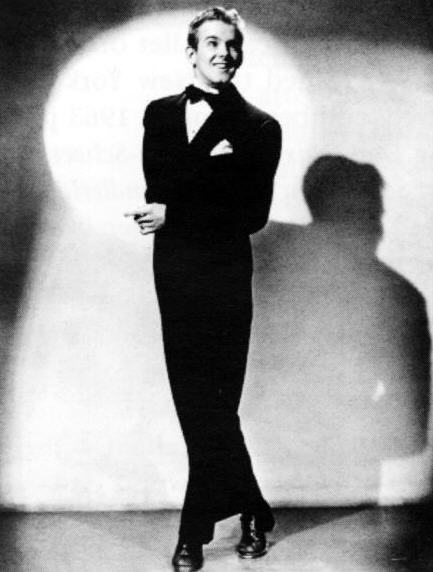 Like many other choreographers, such as George Balanchine and Martha Graham, Bob Fosse is one who created lots of spectacular work and an entire stylistic repertoire. His movements are slinky and sensual yet always have much emotional depth.
Like many other choreographers, such as George Balanchine and Martha Graham, Bob Fosse is one who created lots of spectacular work and an entire stylistic repertoire. His movements are slinky and sensual yet always have much emotional depth.
 While dance is a physically and mentally demanding subject, many people are still of the opinion that dance cannot be an academic subject and should not be included in a school’s curriculum. Dance as a school subject still faces negative perceptions despite numerous counter-arguments, and can be misunderstood as a ‘soft option’.
While dance is a physically and mentally demanding subject, many people are still of the opinion that dance cannot be an academic subject and should not be included in a school’s curriculum. Dance as a school subject still faces negative perceptions despite numerous counter-arguments, and can be misunderstood as a ‘soft option’. Teachers are an integral part of a dancer’s development. Not only do they aim to build up the dancer’s talent and ability but they also act as a mentor and inspiration to the student.
Teachers are an integral part of a dancer’s development. Not only do they aim to build up the dancer’s talent and ability but they also act as a mentor and inspiration to the student. Leroy Dias Dos Santos is a passionate dancer, choreographer, model, singer and a social mentor who continues to strive for perfection. In 2007, he graduated from Middlesex University after studying Dance Studies.
Leroy Dias Dos Santos is a passionate dancer, choreographer, model, singer and a social mentor who continues to strive for perfection. In 2007, he graduated from Middlesex University after studying Dance Studies. Karen Pilkington-Miksa, choreographer and artist, is the Founding Director of The New English Ballet Theatre. She holds a degree in education and is an Associate of the Royal Academy of Dance (ARAD). She ran her own dance group and school, and has choreographed for ballet, opera and the BBC.
Karen Pilkington-Miksa, choreographer and artist, is the Founding Director of The New English Ballet Theatre. She holds a degree in education and is an Associate of the Royal Academy of Dance (ARAD). She ran her own dance group and school, and has choreographed for ballet, opera and the BBC.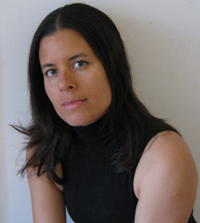 Tamara Ashley works as an artistic director, curator, academic, writer and choreographer. She is currently the Artistic Director of dancedigital and also directs the MA Dance Performance and Choreography programme at the University of Bedfordshire. As Artistic Director of dancedigital, she has led on projects such as Digital Futures in Dance and the recent dancedigital festival, with a particular focus on supporting artists in the development of their work.
Tamara Ashley works as an artistic director, curator, academic, writer and choreographer. She is currently the Artistic Director of dancedigital and also directs the MA Dance Performance and Choreography programme at the University of Bedfordshire. As Artistic Director of dancedigital, she has led on projects such as Digital Futures in Dance and the recent dancedigital festival, with a particular focus on supporting artists in the development of their work.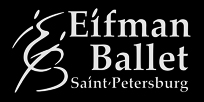 Renowned choreographer, and Artistic Director of Eifman Ballet for over 37 years, Boris Eifman talks about his latest work shown at London’s Coliseum…
Renowned choreographer, and Artistic Director of Eifman Ballet for over 37 years, Boris Eifman talks about his latest work shown at London’s Coliseum…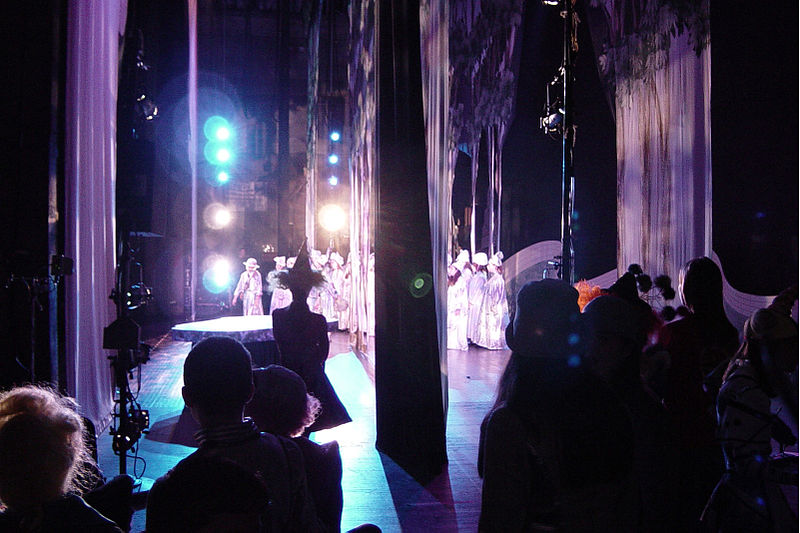 It is often the case that dance competitions are not just about the dance students competing, but their parents too. Who is the pushiest? Who did the best for their dancer? For many parents, dance is just a fun pastime for their children which reaps much enjoyment and rewards, whereas for others it is cut throat territory, out to achieve the best for their young starlets.
It is often the case that dance competitions are not just about the dance students competing, but their parents too. Who is the pushiest? Who did the best for their dancer? For many parents, dance is just a fun pastime for their children which reaps much enjoyment and rewards, whereas for others it is cut throat territory, out to achieve the best for their young starlets.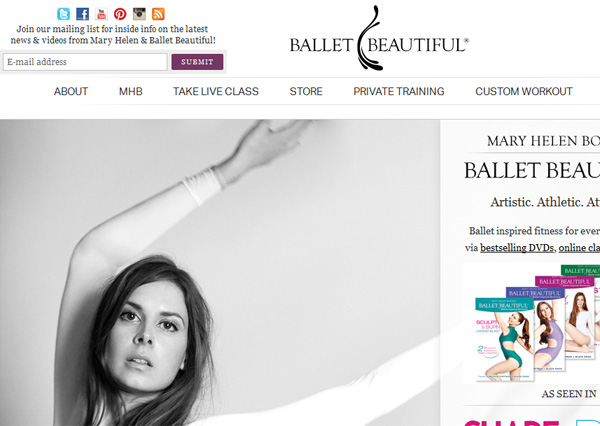 Mary Helen Bowers is the ballerina behind
Mary Helen Bowers is the ballerina behind 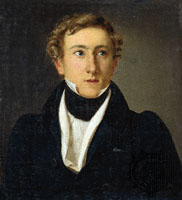 Iconic classical ballet productions such as Swan Lake, La Sylphide, Giselle, and The Sleeping Beauty are all the work of one choreographer: August Bournonville. It is arguable that La Sylphide is perhaps the most internationally famous representative of classical Danish ballet, created by Bournonville and paying homage to the distinct Danish style of classical ballet. The style was prolific, having engendered the ‘Bournonville school’ or ‘Bournonville ballet’.
Iconic classical ballet productions such as Swan Lake, La Sylphide, Giselle, and The Sleeping Beauty are all the work of one choreographer: August Bournonville. It is arguable that La Sylphide is perhaps the most internationally famous representative of classical Danish ballet, created by Bournonville and paying homage to the distinct Danish style of classical ballet. The style was prolific, having engendered the ‘Bournonville school’ or ‘Bournonville ballet’.